Lipa - Tall Wood Culture. In nature, its genus is presented by approximately 45 different species, among which shrub varieties are found. The culture appeared on our planet about 70 million years ago is considered one of the oldest. In addition, lime trees have a high life expectancy, some copies it reaches 1200 years.
Linden Plant Description
To begin with, we will understand what Lipa looks like. This is usually a high tree with a lush wide crown. Sometimes linden can be a shrub. Its leaves have a heart-shaped shape and serrated edges. Linden flowers with small umbrella inflorescences, which subsequently turn into minor fruits with 1-2 seeds.
The blooming linden not only looks beautiful, but it smells very pleasant. When Lipa blooms, all the air around the tree is filled with a sweet honey aroma. Its flowers have therapeutic properties, many are collected and dried for the subsequent preparation of teas and decoctions.
In nature, the lime trees bloom not so quickly, about 20 years of life. Lined in parks, they can at all can be pleased with their fragrant colors only 30 years after planting seedlings. If we talk about when it blooms Lipa, in which month, the period of this period falls at the beginning of the summer - June-July.
Common types of linden
The genus of plants Lipa has about 45 species. Here are the most popular of them:
- Lipa heart-shaped - grows in Western Siberia and the European part of Russia. Tree in height reaches about 30 m, lives long, not less than 120 years. Some copies live up to 1000 years. Culture has a smooth glossy foliage, on the upper side the dark green, with the bottom - siesel. In inflorescences there are from 5 to 11 buds, their growth is directed upwards. Siberia can also meet such types of plants as Lipa Siberian and Lipa Nachock.
- Lipa largest, she is a flat or summer - distributed in Europe. Unlike the above-described heart-shaped linden, largely blooms earlier, at earrigious time it begins and its spring salaries. It has a large foliage, slightly sources, without a sizogue shade from the wrong side. Inflorescences are directed downward, and the fruits are distinguished by a dense shell with 5 expressive ribs.
- Lipa felt. Her habitat is the Caucasus and the Southwest of Russia. In Europe, culture can be found in the eastern part of the continent. Tree in height reaches 25-30 m, has an empty crown. Young foliage and shoots are covered with small darisons. Growing, the upper part of the leaves becomes smooth, dark green, the lower remains darling, has a silver shade. This is a thermal-loving, shadowless and drought-resistant look.
- Lipa Manchurskaya - distributed in the Amur region and Primorye, as well as in Korea and China. It is slightly lower than the previously described species, the tree is growing up to a height of 15-20 m. It has a decompression of inflorescences of 5-12 flowers. It is considered a good honey. Flowers in July for about 3 weeks.
Features of landing linden
Linden breeding in seed
- When planting a culture, seeds sowing material must necessarily take the appropriate processing - stratification. Without this procedure, the seeds will not give germs. Stratification involves maintaining seeds in a wet medium at a temperature of 0 ° C for 3-6 months, depending on the type of culture. The grains are kept in bins with wet sand or sawdust somewhere in the cellar or other cold room. Stratification may be natural if the linden seeds are immediately in the soil in the fall. After stratification, the grains do not succumb, and immediately sit in open ground.
- Seeds are sowing with rows, between which the gaps of 15-20 cm are observed. On 1 m of the row, 100-300 grains should be planted.
- From above, crops are supreme, in 5-7 mm layer of soil. Landing produced in wet land.
- Culture does not like frosts, and so that the seedlings climbed, you need to hide them with a film or nonwoven material stretched on the frame. Under the film, air ventilation must be preserved.
Reproduction of linden seedlings
So as not to germinate the seeds, you can multiply a lip of ready seedlings that germinate under adult trees. For the landing take small sprouts without real leaves, only with seedlines - they better withstand a transplant to a new place. Such seedlings are better to dig up in the spring, immediately after foliage will begin on the tree.
Seedlings need mandatory irrigation, especially in drought. The next year they are transferred to the "shovel", where they fell by rows with a substrate interval of 30 cm and on removing 10 cm from each other. In the fall, the sprouts can already be planted at a permanent place of growth.
Linding linden by tanks
The reproduction of the linden stem brass is done like this:
- the lower shoots of the tree are flexing to the ground, before you breathe under them small recesses;
- the branches are fixed and sprinkled with a layer of land;
- after a couple of years, the peels are allowed;
- the root shoots cut off the tree and transfer to a permanent place of growth.
Sometimes the leip is multiplying with root gods, and it is done very easily. The stroke, which is found under the trees, is cut off with part of the root from the shared root system and immediately planted where the linden will subsequently grow.
Linden breeding of Linden
Cuttings Lipa rarely propagate due to their low survival. For landing, only green, non-devented shoots are chosen in this way. For some time they are placed in a solution for stimulating the root formation, and then planted into the substrate cooked from peat and vermiculite.
Rules landing linden seedlings
If you want to have a beautiful healthy liquid in your site, you can buy ready-made seedlings, preferably with a closed root system. Features of their landing are as follows:
- To plant a seedlock with a height of 50-70 cm, it is necessary to prepare a hole with a depth and a diameter of about 0.5 m.
- In the pit it should be done drainage from rubble or bricks. The thickness of such a layer is 15 cm.
- On top of the drainage you need to put a 5-7 centimeter layer of humidia mixed with superphosphate. Superphosphate take 50 g per plant.
- Linden seedlings are immersed in the prepared pit and poured with an earthen substrate cooked from 1 piece of turf soil, 2 parts of sand and 2 parts of humus.
- The root neck of the tree must be placed on the ground level, but you can deepen several centimeters.
- Linden saplings are well moisturized and for 2 years feather nitrogen three times a season. For feeding well suited, diluted in 10 liters of water.
Linda Care in Open Ground
Lime care rules include the following:
- Linden trimming helps make it a beautiful decorative tree. You can form a crown a year after planting a seedling. The lime trim until the renovation began, trimming the branches on 1/3. In the fall, when new shoots will grow, you can spend another forming trimming.
- The tree is also necessary to feed 2 times a year. In the spring, 1 kg of cow manure is taken as a fertilizer, it is divorced in 10 liters of water and mixed with 25 g of ammonia nitrate. For autumn feeding in 10 liters of water, 20 g of nitroammofoski is dissolved.
- In the first years of her life, it is necessary to water, the soil should always be wet.
- From under young trees, it is important to remove weeds in time. The land is also necessary to periodically loose, and in the autumn the rolling circle is better to cover the 10-centimeter layer of mulch from peat, sawdust or dry foliage.
Linden diseases
- White marble rot - caused a grib of the drum. It looks like a white bloom on a fired wood, causes the curvature of the trunk, the appearance of numerous cracks. Such a disease is often caused by an abrasiveness of moisture. The prevention of white rot, the timely feeding of linden fertilizers is considered, and if the disease appeared, then the damaged places need to be treated with the paste of chalk and mangallow.
- Seeding sealers - a problem that occurs when the linden is reproduced. Running seedlings are considered a threat to healthy sponsors, and they die due to the presence of fungi in the ground. To avoid damage to the planting material, the seedlings need to plant in the last weeks of spring, and the ground before it is advisable to disinfect.
- Spottedness - Linden leaf disease. On the outside of foliage, blond stains appear with a dark edging, due to such a disease, the tree recesses the crown. This problem has fungal origins, and parasitic organisms are distributed by the wind.
- Tiosterosis is another fungal disease of the linden, from which young trees often suffer. They are expressed in education on the branches and the trunk of dark dots. These places are gradually die away, the disease is spreading around the entire plant quickly. To save the tree, damaged branches need to cut and burn. For the prevention of the early spring, the liquid can be treated with phytoosporin or copper vigor.
Linden pests
The most common pests in Linden are:
- Butterfly Zlataguka - settles in the lime crown and postponed the larvae. Caterpillars who are hatched from them eat foliage to some streaks. In the spring, insects damage the kidneys, as well as young leaflets and flowers. Finding the nests of the Zlattuses is the easiest way at the end of the autumn after foliage foliage. Such nests are cleaned manually and burned.
- Laster - feeds on the kidneys and young linden foliage. You can detect it by rolled leaves in which the caterpillars are wrapped. From the leaflerting get rid of insecticides.
Lipa, photo:

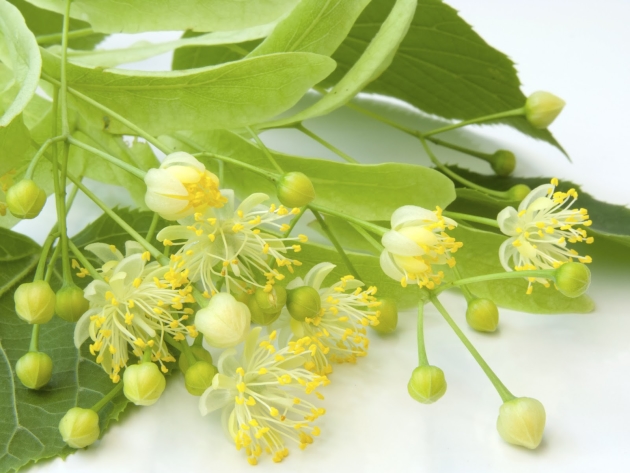
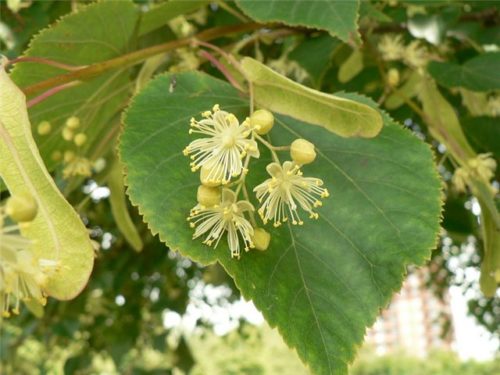
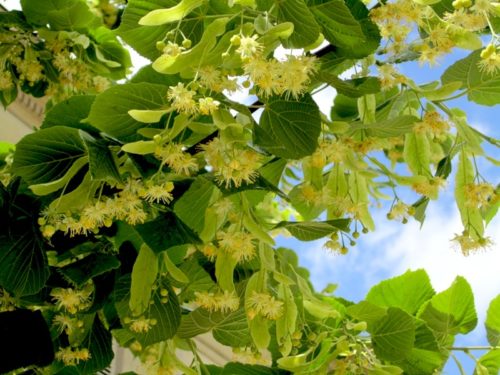
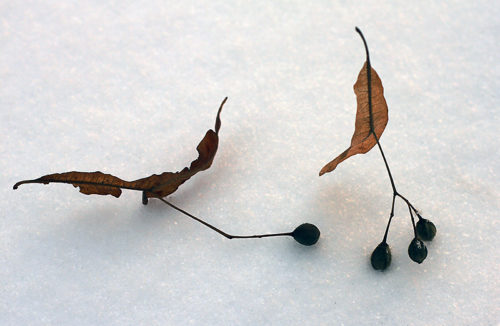
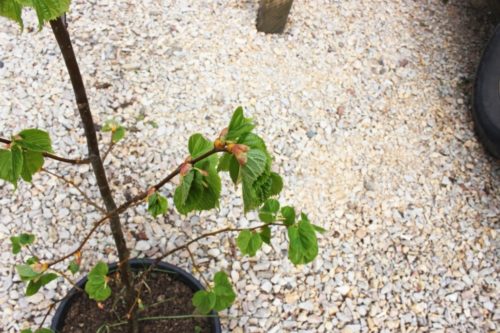
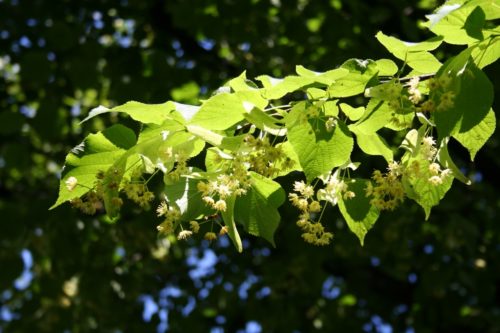
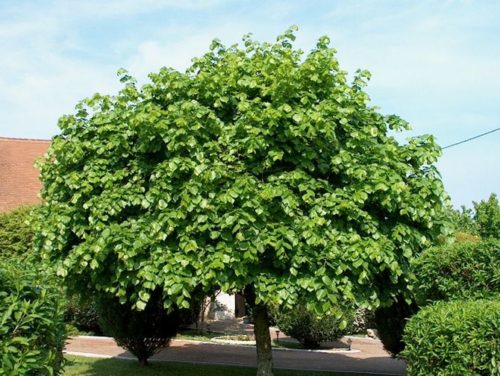
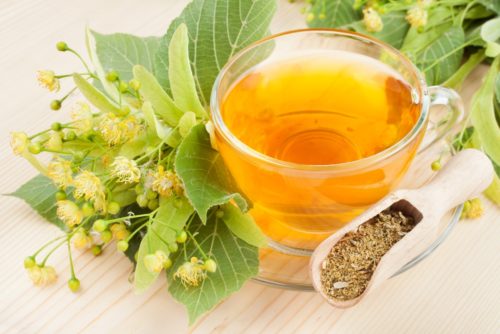
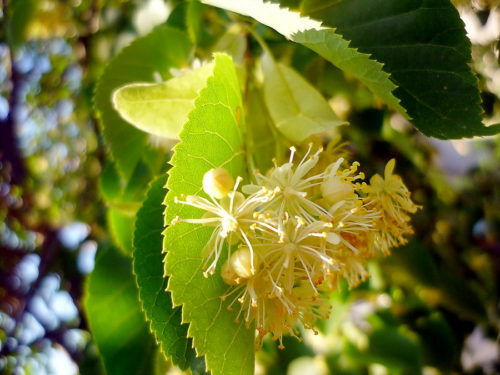
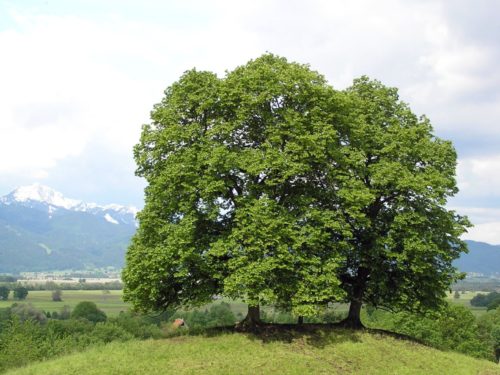
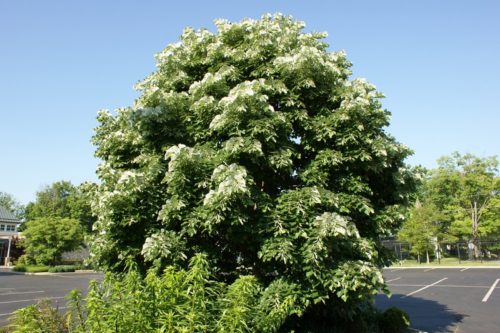
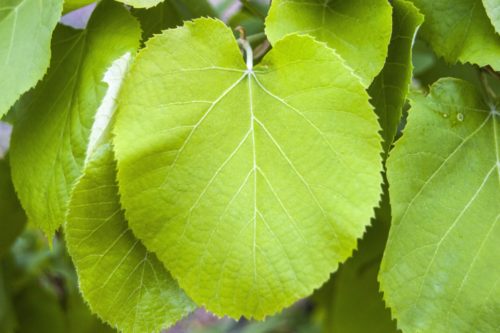












 Start a discussion ...
Start a discussion ...